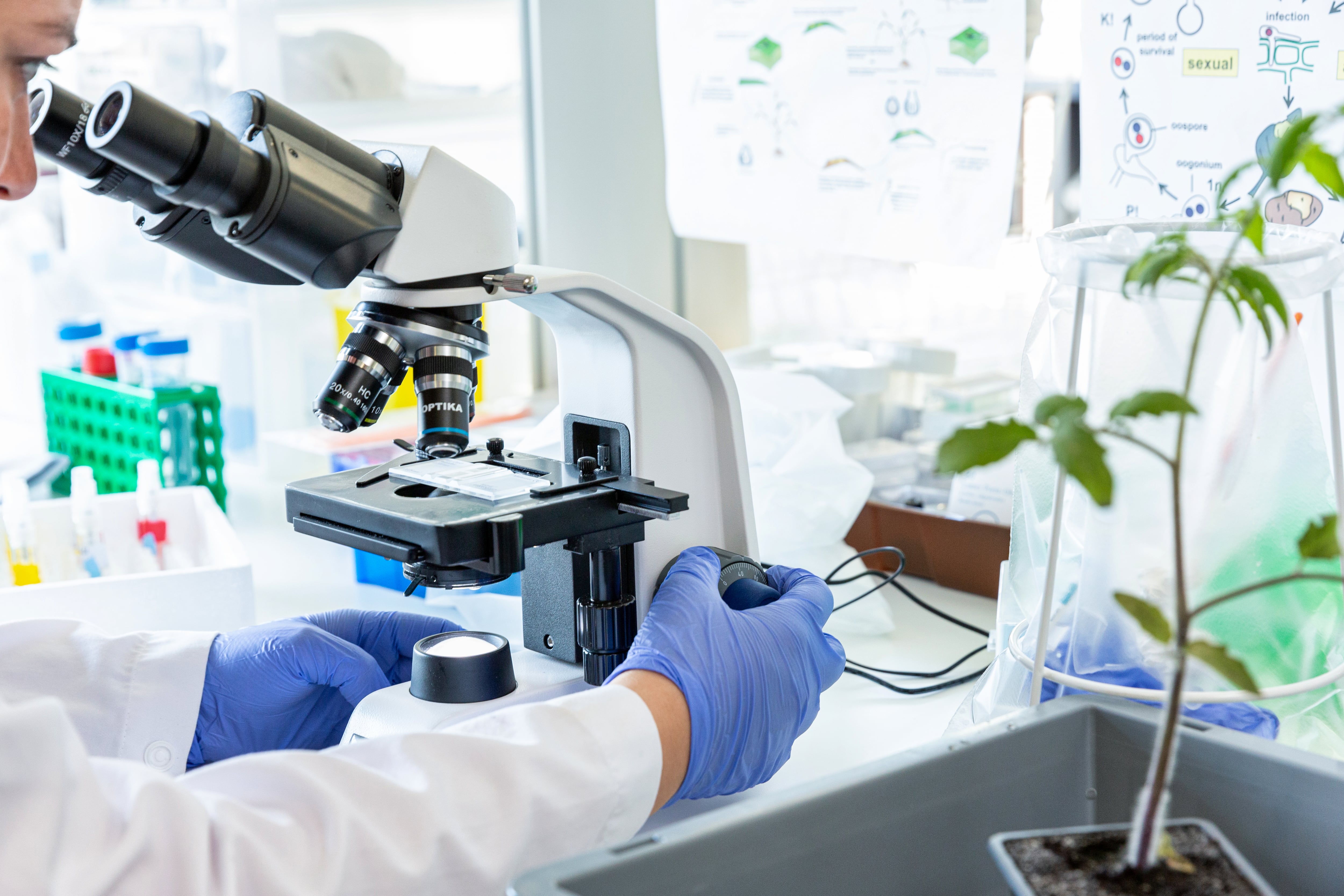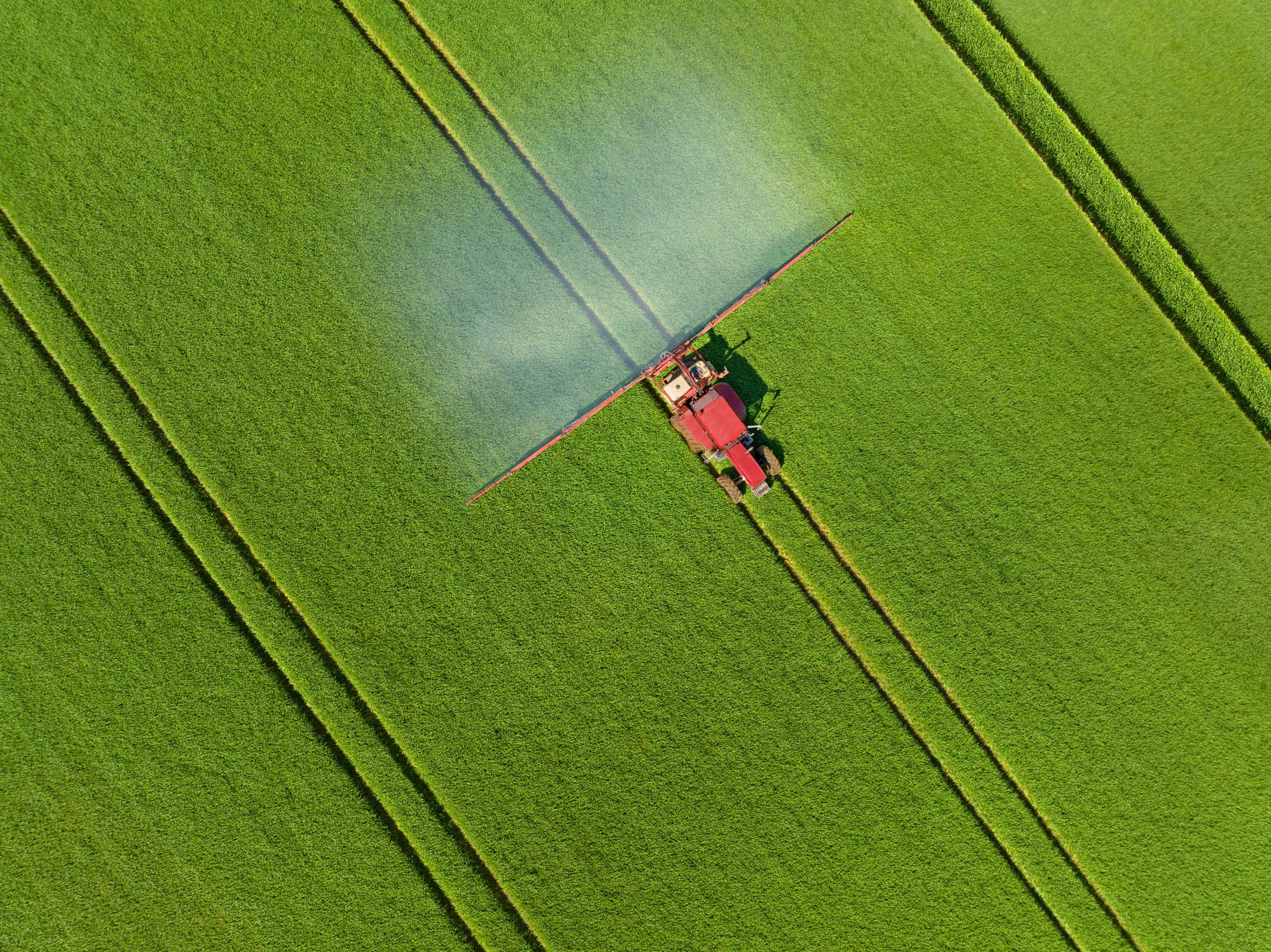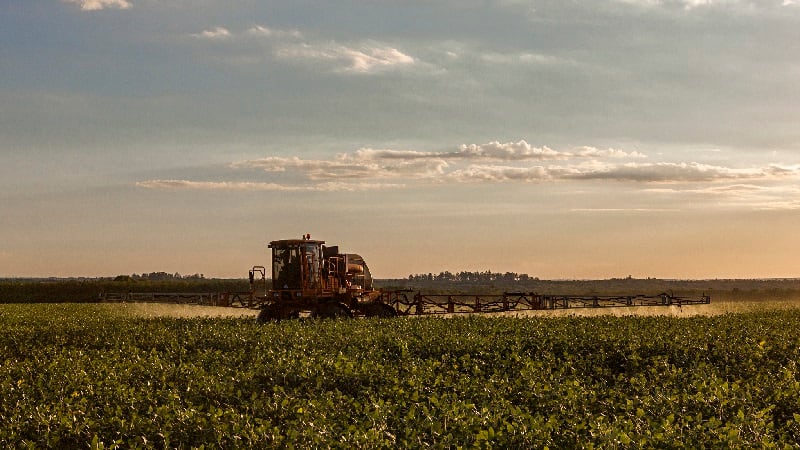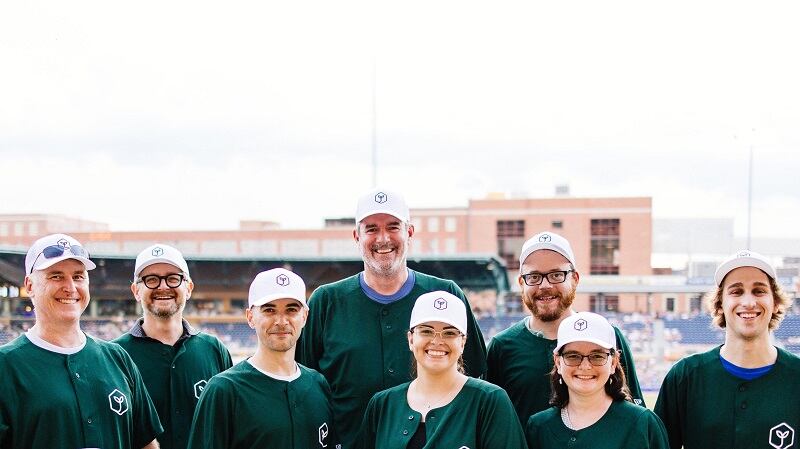French company Micropep has shared an in-depth look at its proprietary AI-powered platform called Krisalix™ designed to fast-track the discovery and development of bioactive micropeptides for crop protection.
By combining generative AI, predictive modelling, and high-quality experimental data across biology, chemistry, and agronomy, Krisalix hopes to redefine how agricultural peptides are identified, optimized, and brought to market.
This iterative platform dramatically reduces R&D timelines and costs, enabling faster delivery of next-generation biocontrol products.
“Krisalix gives us the ability to ‘find the needle in the haystack’ much more rapidly than had been achievable in peptide development, which aligns with growers’ need for more solutions, at a faster pace,” Micropep’s chief technology officer Mikael Courbot, told AgTechNavigator.
MPD-01: A ‘milestone’ in peptide-based fungicides
Micropep’s first AI-designed product, MPD-01, validated the Krisalix approach in 2021. Based on an Antimicrobial Peptide (AMP), MPD-01 targets major fungal diseases such as Asian soybean rust, mildews, and late blight. Currently undergoing field trials across Europe, the US, and Latin America, the product is being prepared for regulatory submission.
“MPD-01 has proven to have exceptional stability and versatility,” Courbot noted. “This is a step-change milestone for peptides in agriculture, overcoming the barriers of earlier peptide development that showed promising activity but lacked stability and the ability to scale.”
A growing pipeline and global reach
More than 10 peptide-based candidates are now advancing through the Krisalix pipeline, addressing both broad-acre and high-value crops. Field trials are underway in soybeans, grapes, and potatoes, with testing sites in both hemispheres to validate performance under diverse agronomic conditions.
“The beauty of peptide-based crop protection innovation is its potential for broad application across crops, regions and target issues,” Courbot explained, “whether we’re talking pests and diseases, or plants’ ability to withstand abiotic stress and better utilize nutrients”.
Strategic partnerships: Corteva collaboration signals commercial leap
Micropep’s hybrid business model includes internal development, collaborative R&D, and outlicensing. A major milestone in its commercialization journey is a newly signed joint research agreement with Corteva Agriscience. The multi-year partnership focuses on co-developing peptide-based biofungicides, with Corteva gaining exclusive global rights to a defined peptide library.
Krisalix plays a central role in this collaboration by identifying naturally derived peptides with novel modes of action and strong safety profiles.
“It marks the first major industry validation of Krisalix,” Courbot said, “positioning it as a breakthrough tool for designing sustainable, next-generation, peptide-based disease and pest control solutions.”

Complement, not replacement: Redefining crop protection
Despite its promise, Micropep doesn’t see micropeptides as a replacement for synthetic chemicals. Instead, the company envisions them as a vital complement.
“Farmers have long relied on chemistry for its consistency and scalability,” Courbot explained. “What micropeptides bring to the equation is precision, sustainability and entirely new modes of action that can help overcome resistance challenges and reduce environmental impact. Together, these tools create stronger, more resilient crop protection programs.”
Regulatory landscape and the road ahead
While regulatory frameworks for micropeptides are still evolving, Courbot remains optimistic. “Because technology advances at a much faster pace than laws and regulations, the biggest challenge to gaining approvals for micropeptide-based biocontrol products is the lack of a harmonized regulatory framework across geographies,” he said. “Despite this, regulators are very receptive to this new modality for crop protection because of its highly favorable human and environmental safety profiles.”
Looking ahead, Micropep plans to deepen Krisalix’s integration of machine learning and biological data to tailor peptides for specific crops and climates. The company is also preparing for emerging AI and data privacy regulations, ensuring transparency and security in its use of agricultural data.
“Over the next 3-5 years, Krisalix will continue to deepen its integration of machine learning and biological data to optimize molecules for specific crops and climates,” Courbot revealed. “Part and parcel of that growth are robust frameworks that align with emerging AI and data privacy regulations, ensuring transparency and security in how agricultural and environmental data are used.”




